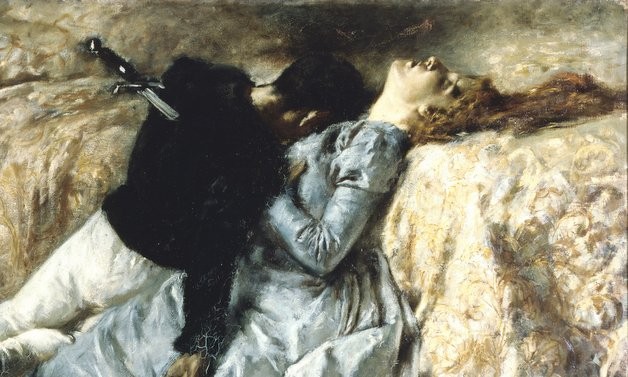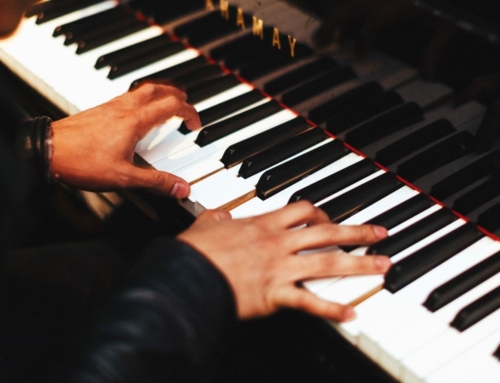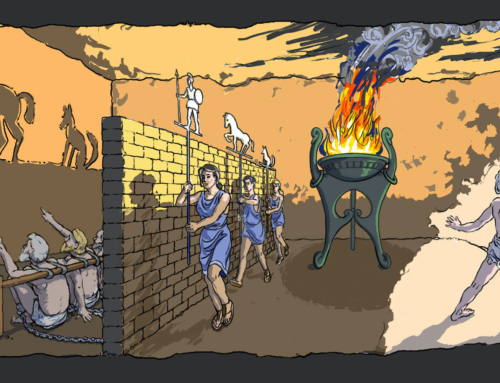On encountering the myriad oddities that constitute the standard fare of our day-to-day, it is natural to search out an explanation. Why do logging trucks with full loads pass each other on the highway? Why do fast food attendants hand you so many napkins? Why don’t Irish dancers use their arms? Perhaps small mysteries, but mysteries nonetheless. Now, by citing frivolous examples, I do not mean to trivialize the tendency, but rather to illustrate its universality. We observe this dynamic at work with phenomena ranging from the most ridiculous to the most outstanding. It simply seems that much of the substance with which life is filled is profoundly mysterious if subjected to a sustained gaze.
In the modern context, where many institutions once widely accepted as normative are now called into question, it can be helpful to renew one’s gaze through this marvelous scrutiny. If something is failing, one must first inquire as to what it is before plumbing the depths of an explanation. Take for example the institution of marriage. It is no secret that fewer and fewer Americans are getting married. A recent study showed that for every 1,000 single women in 1970, 76.5 entered into marriage. In 2010, only 32.9 women entered into marriage for every 1,000 single women. Clearly, what for a past generation was widely accepted as an integral good of human flourishing has been subjected to a profound cultural skepticism. The good of marriage simply does not assert the same near universal attraction as it did say 40 years ago. Struck by this marked contrast in the culture, it gives occasion to inquire into what is at stake in marriage. While, the following is in no sense an exhaustive or systematic explanation, I propose to lean in closer for hope of what we might find.
It is no secret that marriage is difficult. In the United States, approximately 53% of marriages end in divorce. The privations (and not to mention boredom) connected with commitment and exclusivity seemed to have kept many from marrying. In addition, for many others, the solemnifying of commitment through religious or civil ceremony has been emptied of significance—to submit to the ritual would be to lie in another man’s coffin. It makes little sense to subject oneself to an institutional form when both parties doubt the service’s power to communicate real content. Vows are made to pacify mothers, not because they make committed relationships possible or bear grace. Such seems to be the mounting opinion.
And yet, one is loath to sound the retreat and leave behind the corpse of an institution that is no more. Admittedly it is difficult, nigh impossible, to persevere in a bond to a person chosen five, ten, fifty years prior and for five, ten, fifty years hence, but one is struck with the profound sense that without it, love would be entirely set adrift. This is perhaps the most telling revelation.
There is a profound stability effected by marriage in the love of spouses. In a certain sense, to speak of free love, entirely unfettered, is to describe a nightmare: a constantly shifting scene with fixity at neither pole. And yet, often for those operating within this framework, a vow looms on the horizon as a life shattering terror. Chesterton describes it thus:
The man who makes a vow makes an appointment with himself at some distant time or place. The danger of it is that himself should not keep the appointment. And in modern times this terror of one’s self, of the weakness and mutability of one’s self, has perilously increased, and is the real basis of the objection to vows of any kind.
To make a vow is to promise stability to another, and in a reciprocal manner to oneself. It is a promise and a prayer that one be rooted so as to bear fruit unto the happiness of someone else. The benefits when couched as such are manifold, but the proposal is fraught with peril. And yet, it is unclear as to whether the proffered spontaneity and freedom of (free) love are saved without at least the possibility of the vow. The question emerges, “Is man truly free except he be free to bind himself?” Chesterton argues that he is not, for love carries with it the perennial promise of forever. And unless love is stabilized in something or Someone beyond the defectible wills of the lovers, it seems that the tendency is to greater and greater isolation:
Coercion is a kind of encouragement; and anarchy (or what some call liberty) is essentially oppressive, because it is essentially discouraging. If we all floated in the air like bubbles, free to drift anywhere at any instant, the practical result would be that no one would have the courage to begin a conversation.
Rather than oppressive, marriage is perfective, and though perilous, it is possible. As Chesterton once put in the mouth of one of his characters, “Marriage is a duel to the death, which no man of honour should decline.”
✠
Image: Gaetano Previati, Paolo and Francesca







